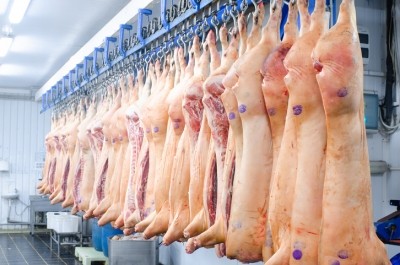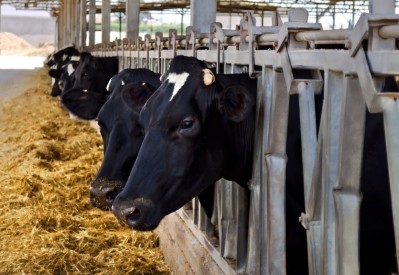Precision feeding key to sustainable livestock production, says UN body

Harinder Makkar, livestock production officer at the UN’s Food and Agriculture Organization (FAO), told FeedNavigator that more balanced rations will ensure “more sustainable livestock production globally as such feeding has been shown to promote methane and nitrogen excretion reduction and boost profits for small scale farmers due to increased animal productivity.”
Imbalanced nutrition is one of the major factors responsible for low livestock productivity, poor reproduction efficiency, high cost of production and high emission of greenhouse gases per unit of milk in developing countries, said the FAO officer.
Promising animal nutrition projects
In that context, the FAO’s animal production and health division recently ran a video competition in a bid to find promising animal nutrition technologies or interventions with the potential for replication and upscaling in small scale livestock farms in those regions.
The winners, announced last month, were chosen on the capacity of their project to increase livestock productivity and income of farmers.
One of the initiatives selected by a four member panel comprising of communication and technology transfer, media and subject specialists is a project run by the National Dairy Development Board (NDDB) of India.
That Board has developed a program in which milk producers are advised to balance the ration of their lactating animals in a cost effective manner, using locally available feed resources and area-specific mineral mixtures.
“Feeding a balanced ration not only improved animal productivity but also led to reduction in methane emission per liter of milk by 10 to 15%. There was also reduction in nitrogen excretion in manure,” said Makkar.
He said the NDDB initiative, which is facilitated by farm extension workers throughout India, is hoping to include 1.8 million farmers by 2017.
“This kind of project shows where international compound feed producers could play a role in education and provision in terms of how to address protein and mineral deficiencies in rations, and enhance milk production yields of developing countries,” said Makkar.
He said the quality of videos received was generally very high, both in terms of content and presentation, with most focused on the area of ruminant nutrition. “Our end goal was the promotion of research focusing on the needs of smallholder farmers along with enabling knowledge exchange and transfer,” he added.
Analysis of nutritional quality of feed
Another one of the initiatives selected by the jury involves the use of near infrared spectroscopy (NIRS) portable devices to enable in situ analysis of nutritional quality of feed resources and thus a real-time adjustment of the animal ration.
“Such analysis allows farmers optimal management of pastures and fodder stocks. In many developing countries, a major constraint faced by farmers is the feeding of their livestock.
The knowledge about the quality of the feed is crucial to improve diet formulation and to increase the animal productivity. But, farmers rarely send feed ingredients, especially forages, to laboratories for analysis because the analyses are very expensive and usually take a long time,” said the FAO representative.
NIRS is an analytical method based on the principle of electromagnetic radiation absorption by the matter. “The cost of such NIRS portable devices will evidently drop to a more affordable level as you get wider take-up but they would still be too costly for single small farmholder to use. However, they could be managed at extension body level,” said Makkar.
Mulberry meal for pigs
The work being done by the Cuba’s Research Station of Pastures and Forages Indio Hatuey, in close collaboration with livestock producers, was also lauded by the FAO.
The station identified major constraints faced by small scale pig farmers including the lack of local concentrates and poor manure nutrient management.
The video shows how mulberry leaf derived meal can be high nutrient containing feed for pigs. “Colombia and Cuba, out of necessity, have been at the forefront of research into unconventional feed resources,” said Makkar.
The project also highlights the efficient use of pig manure for generation of biogas and the conversion of the residues of biogas production into fertilizer for food and feed crops.
The full line-up of selected video projects can be accessed here.














